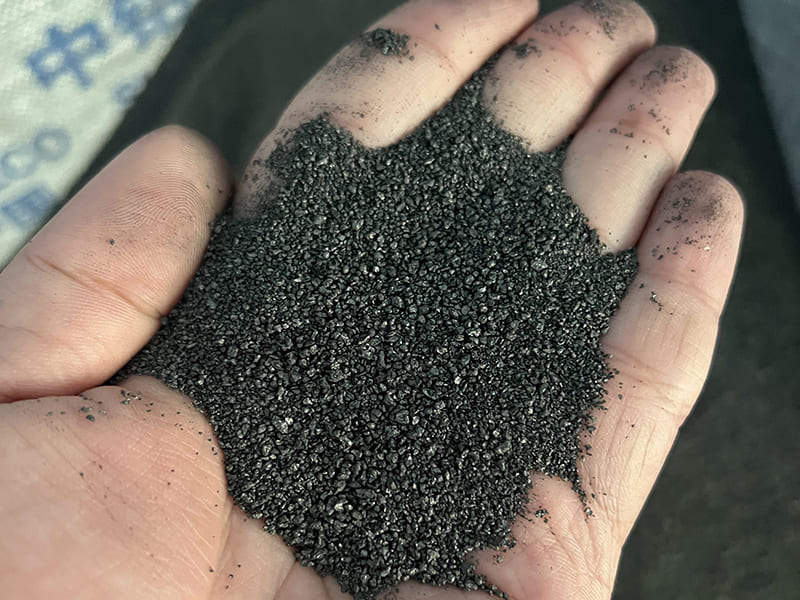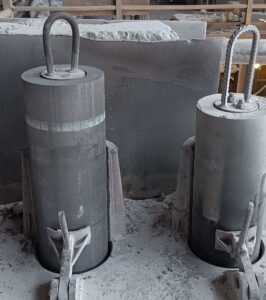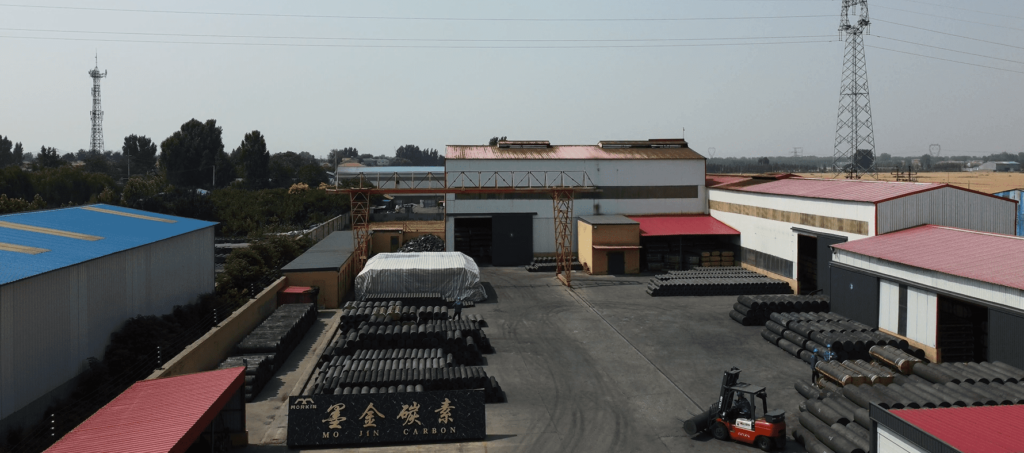In the realm of industrial materials, Calcined Petroleum Coke (CPC) emerges as a key player, shaped by the intense heat of 1300℃ during its production from petroleum coke. This transformative process gives rise to CPC variants distinguished by their sulfur content — low, medium, and high. Let’s start to learn the applications of these distinct CPC types and uncover the integral roles they play in various industries.

- CPC with Low Sulfur Content (S<0.5%)
Used extensively as insulating material and filler in carbon product manufacturing, with its most widespread application found in graphite electrodes. Low-sulfur CPC typically boasts a carbon content of over 98.5%, serving as a prevalent carburizing agent in the steel and casting industries. Its applications span the creation of various castings, including brake discs and crankshafts.
- CPC with Medium Sulfur Content (0.5% < S < 1.5%)
Frequently employed in the production of prebaked anodes used in aluminum electrolysis. These anodes, also known as carbon anodes, exhibit excellent conductivity and high-temperature corrosion resistance, constituting the “heart” of electrolytic cells. Consequently, the quality of anodes directly impacts the efficiency of current in electrolytic cells, anode consumption, and the quality of primary aluminum. The production of prebaked anodes typically utilizes calcined petroleum coke and coal tar pitch as raw materials, sometimes incorporating a small amount of anode scraps. Relevant data reveals that the production of one ton of primary aluminum in aluminum smelters requires approximately 0.5 tons of prebaked anodes. Furthermore, with the explosive growth of new energy vehicles, another significant application of CPC is in the production of negative electrode materials.
- CPC with High Sulfur Content ( S>1.5%)
Utilized in the production of silicon carbide (formed by high-temperature melting of raw materials such as quartz sand, CPC, and sawdust in a resistance furnace). Additionally, over 20% of high-sulfur coke is employed annually as fuel in power plants and glass factories. Furthermore, more than 20% of CPC is used as fuel in power plants and glass factories each year.
In conclusion, the diverse applications of Calcined Petroleum Coke (CPC) based on sulfur content underscore its significance across industries. From powering aluminum electrolysis to serving as a crucial component in steel and casting, each variant of CPC plays a unique role in shaping essential processes.







